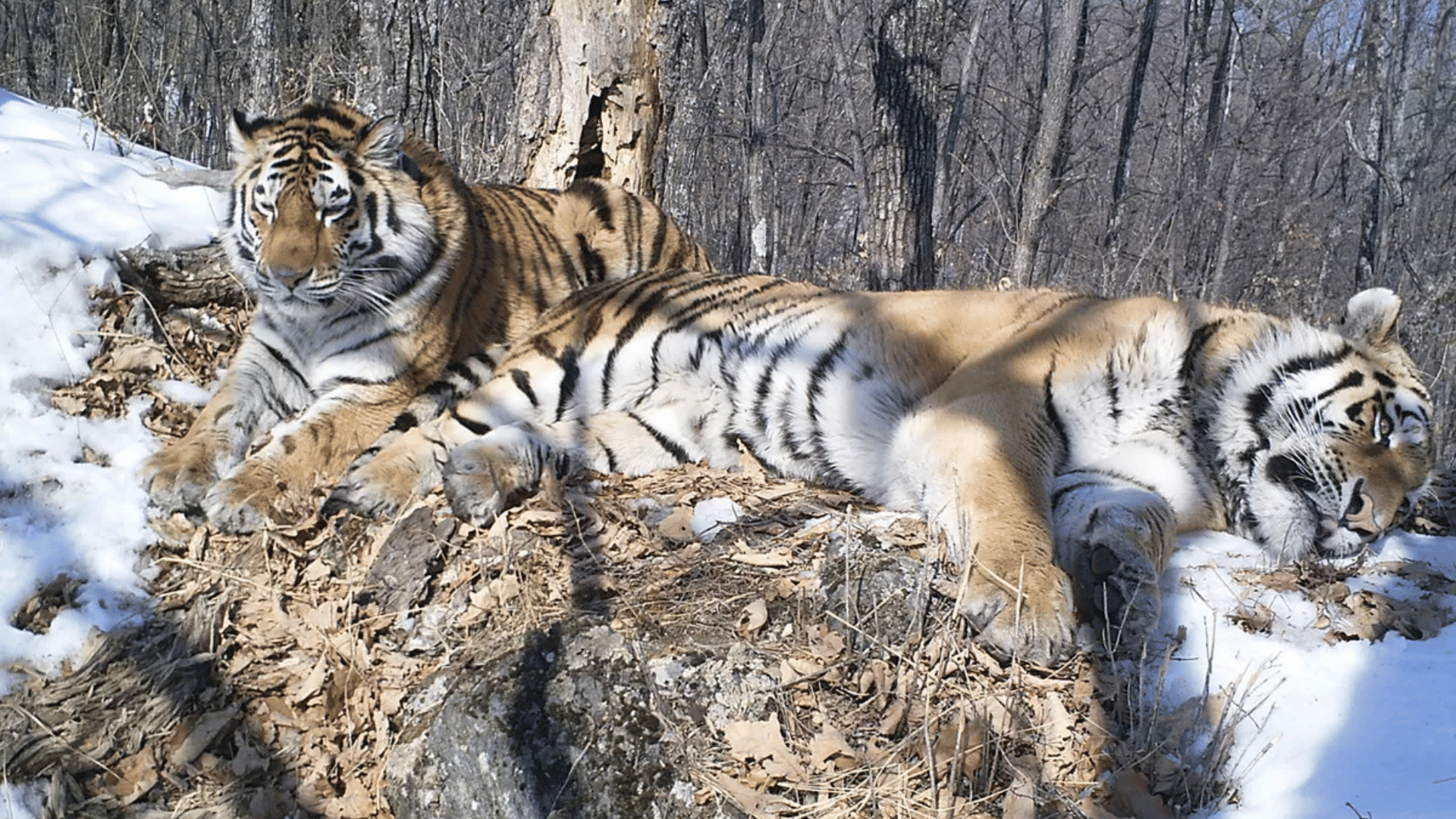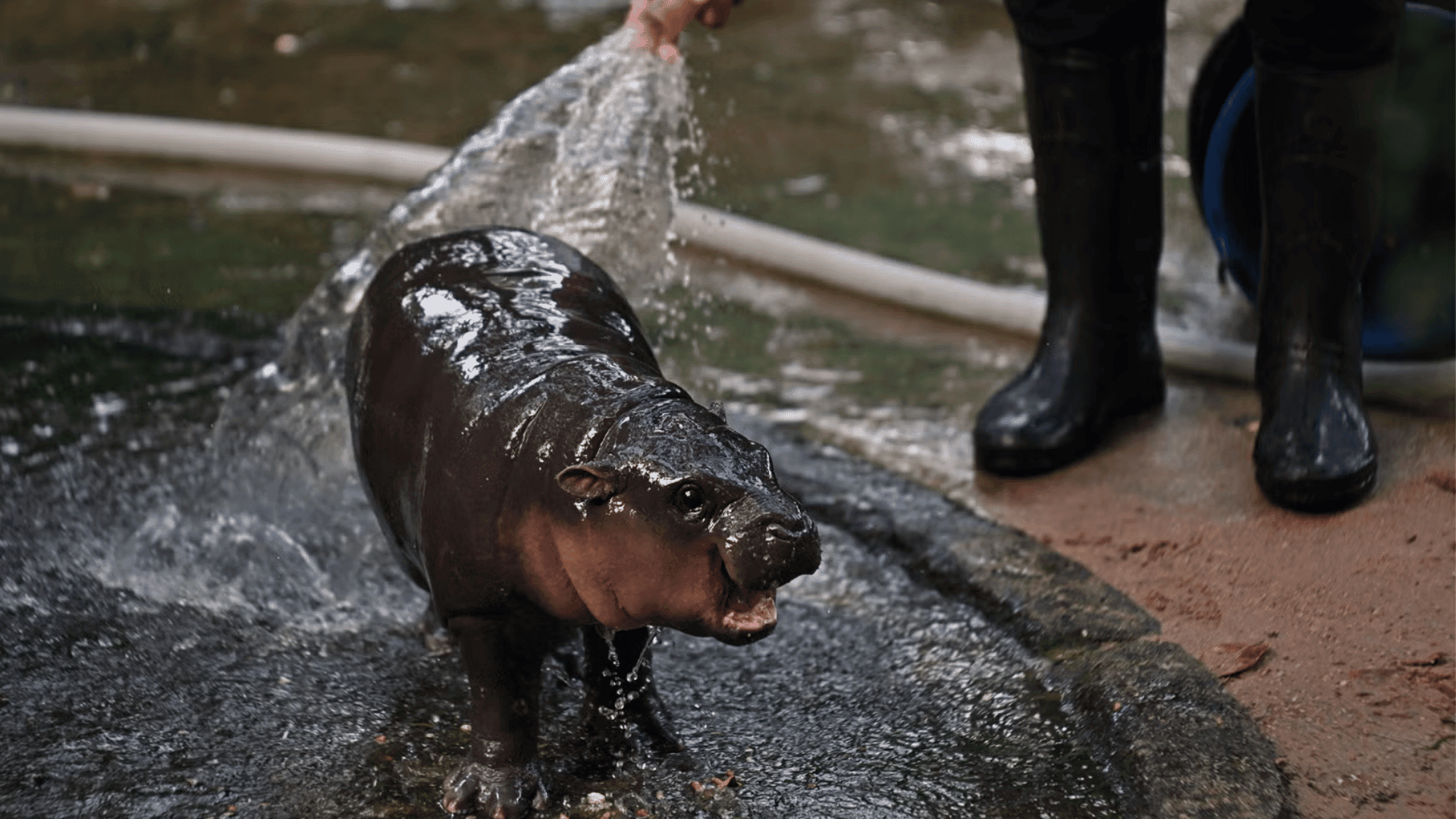Amidst an experiment designed to test the ability to integrate animals raised in captivity back into the wild, a Siberian tiger named Boris walked over 124 miles to reunite with Svetlaya, a female he had been raised alongside in semi-captivity.

A new study followed six tiger cubs, including Boris and Svetlaya, who were found as orphans in the forests of the Sikhote-Alin Mountains. The cubs were raised in enclosures specifically designed for minimal human contact, and once they reached a suitable age, they were introduced to live prey.
The project aimed to allow the cubs to develop their hunting skills and see whether they could kill prey at a rate that would allow them to survive in the wild. Once the research team was convinced they had honed their hunting skills, they were outfitted with GPS collars and released into the wilderness.
When released, the tigers were spaced out over Pri-Amur, a region near the Russia-China border where the tiger population has been almost completely absent for more than 50 years in Russia. The project appeared to be a success as the tigers proved themselves capable of hunting wild animals in their natural habitats.
“The data demonstrated that orphaned cubs, raised in captivity and released, were just as good as wild tigers at hunting, targeting the same types of wild prey, and very rarely killing livestock,” lead author Dale Miquelle from the Wildlife Conservation Society (WCS), said in a statement.
“This success demonstrates that tigers with proper isolation from humans and provided the opportunity to learn to hunt, can be successfully re-released into the wild. But this process requires great caution and attention to details in preparing cubs for this journey.”
What researchers didn’t expect, however, was that one of the tigers would journey 124 miles to find another. Within half a year of reuniting, Boris and Svetlaya welcomed a litter of wild tiger cubs.
“This study represents a tantalizing new development in expanding the ‘toolbox’ for conservationists to return tigers to those parts of Asia where they have been lost. The team was scrupulous in preparing young cubs for life in the wild, especially in ensuring they did not habituate to humans. Their careful approach succeeded and paves the way for more reintroduction attempts—not only of tigers, but of other big cats as well,” commented Dr. Luke Hunter, Executive Director of the WCS Big Cats Program.







